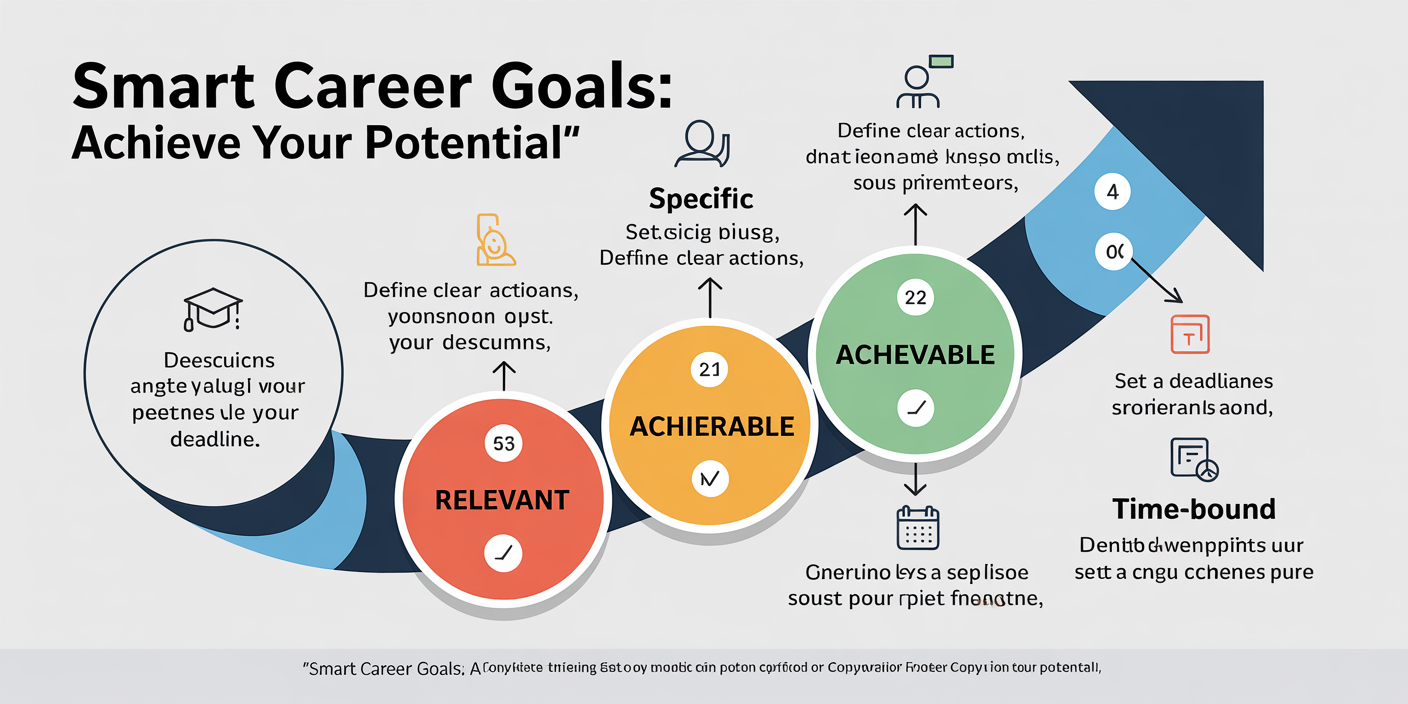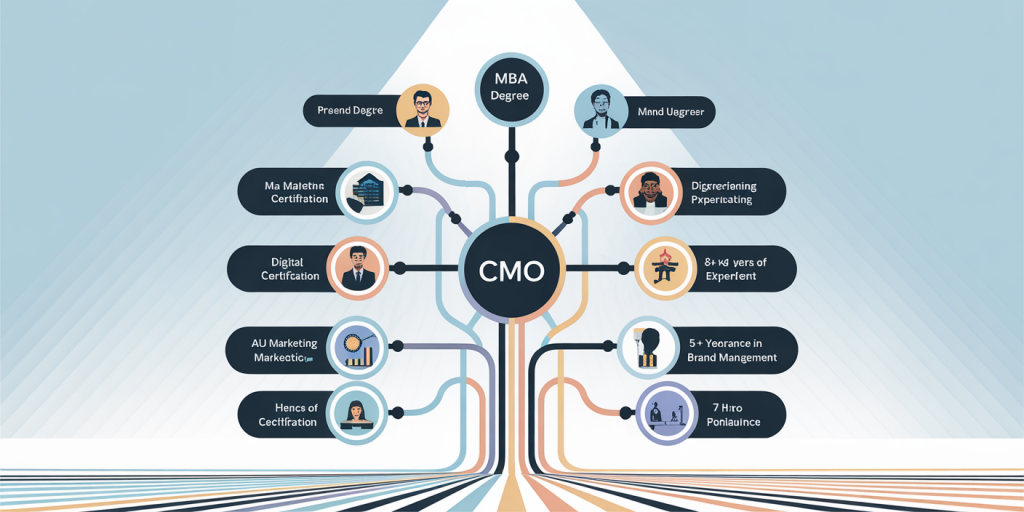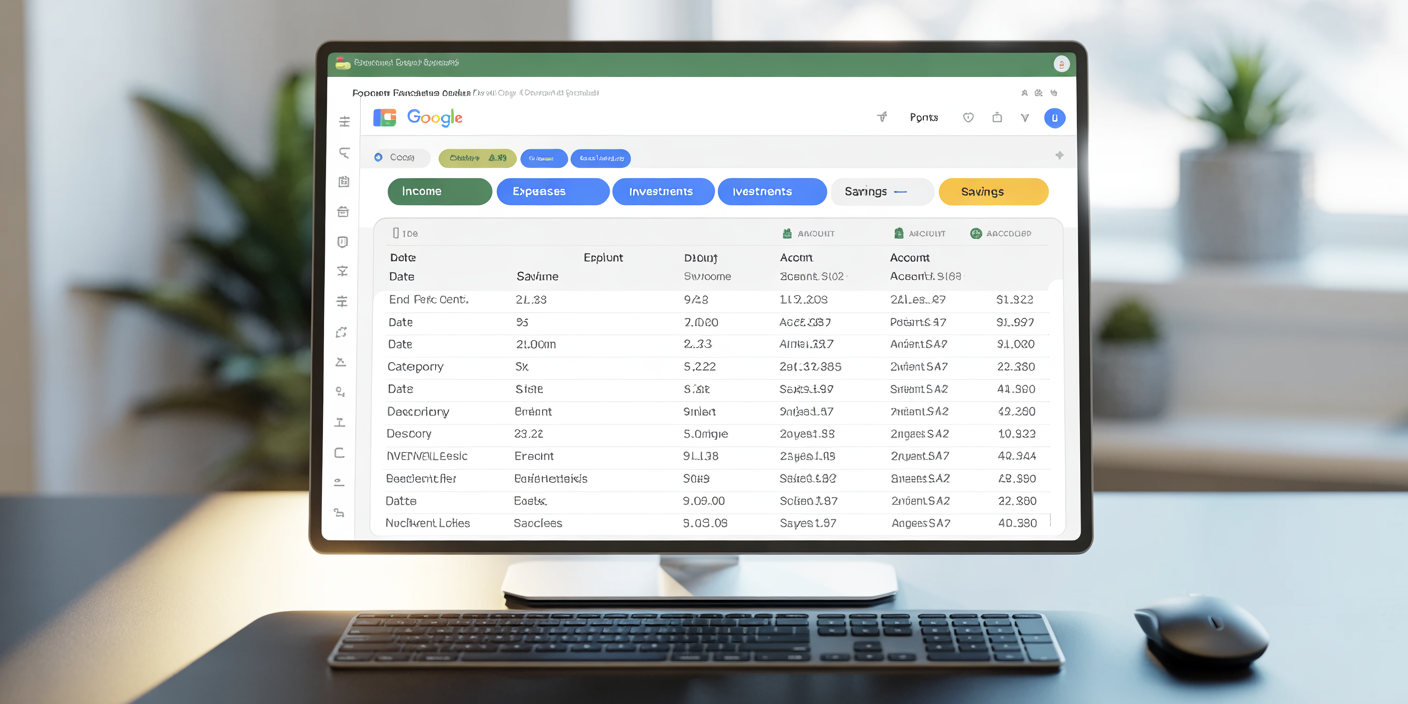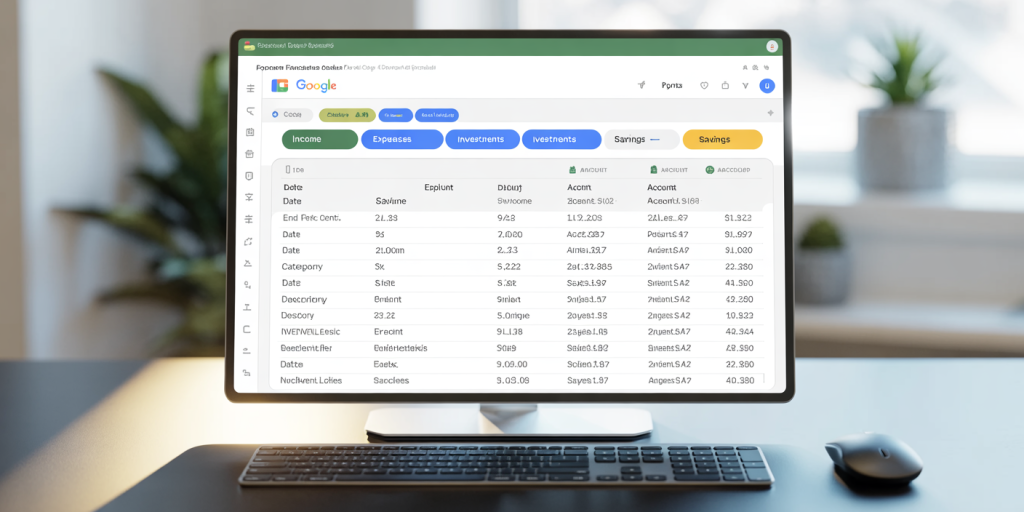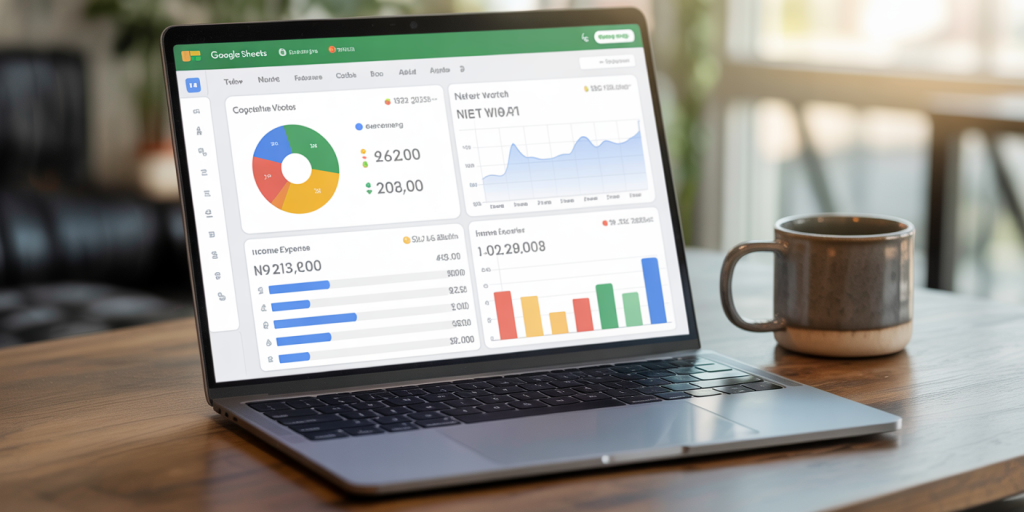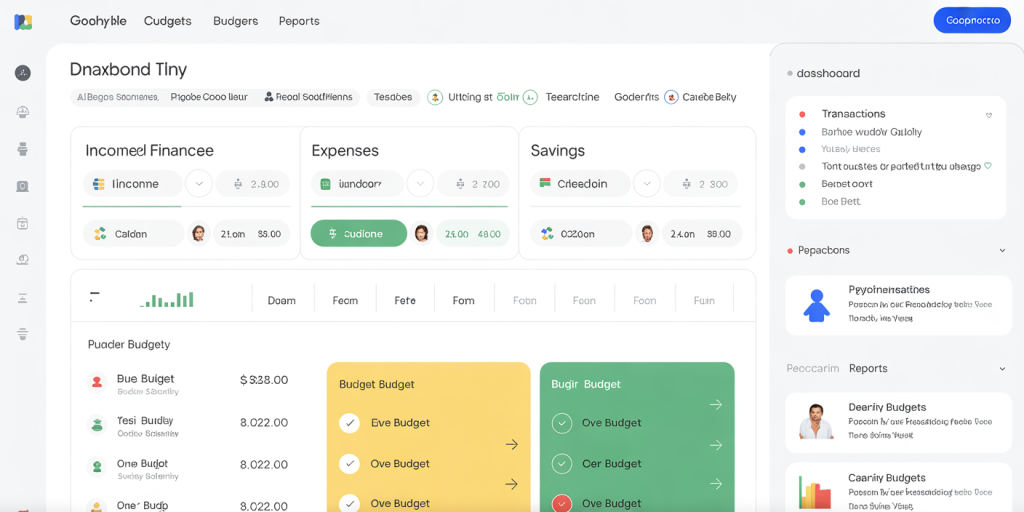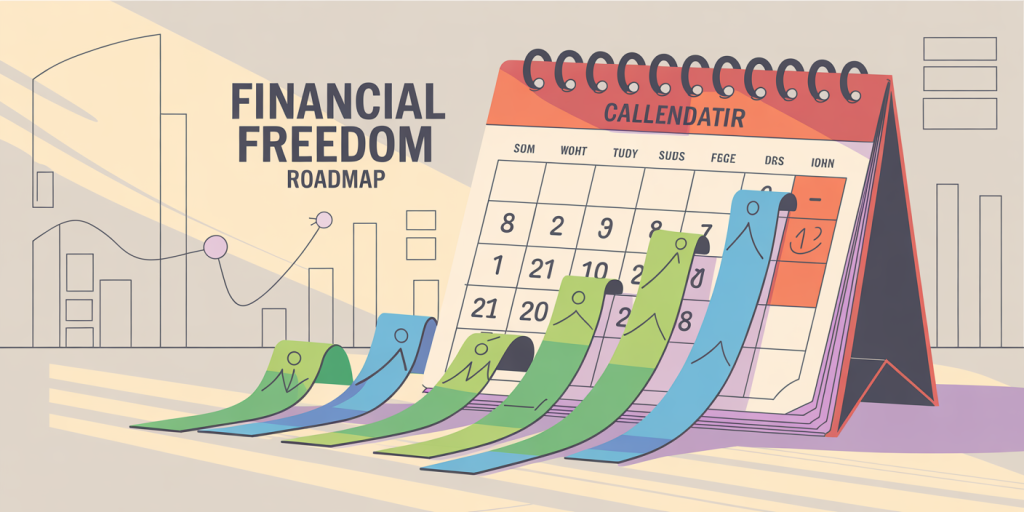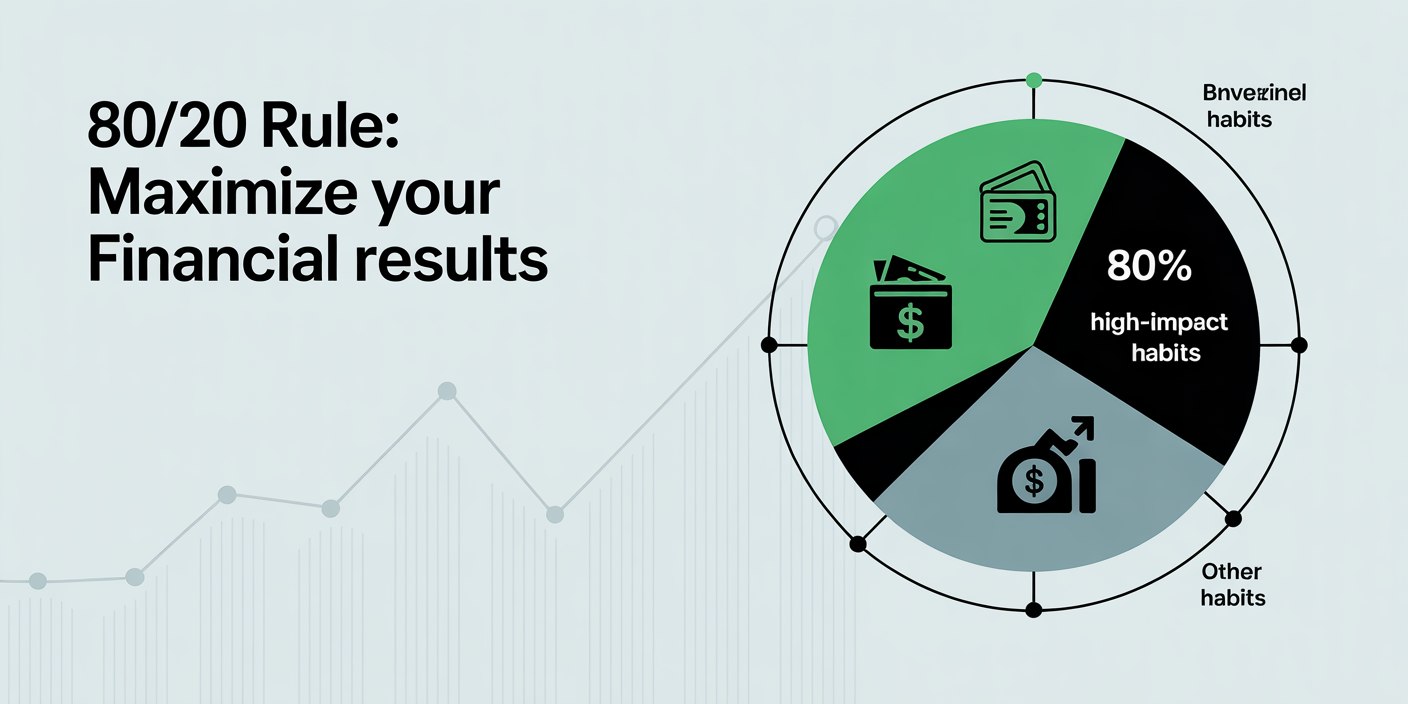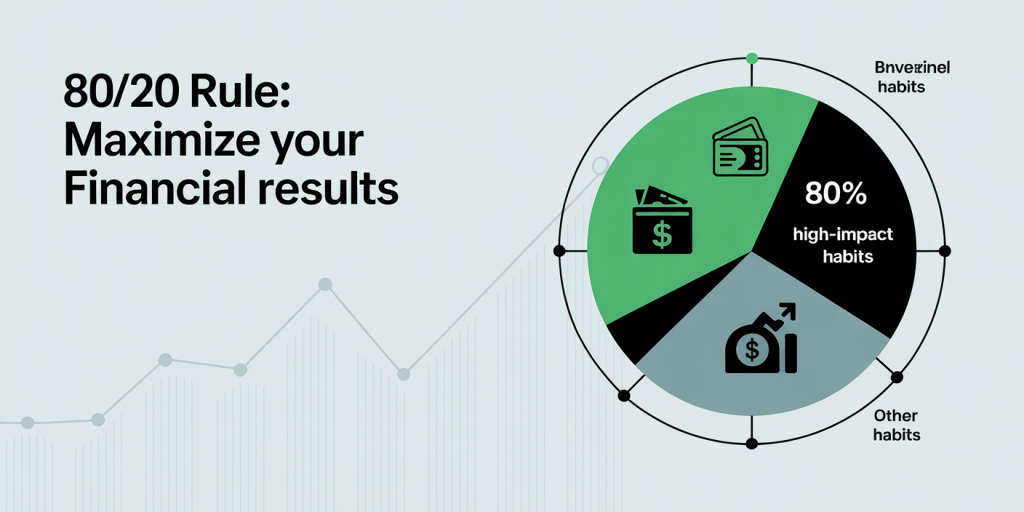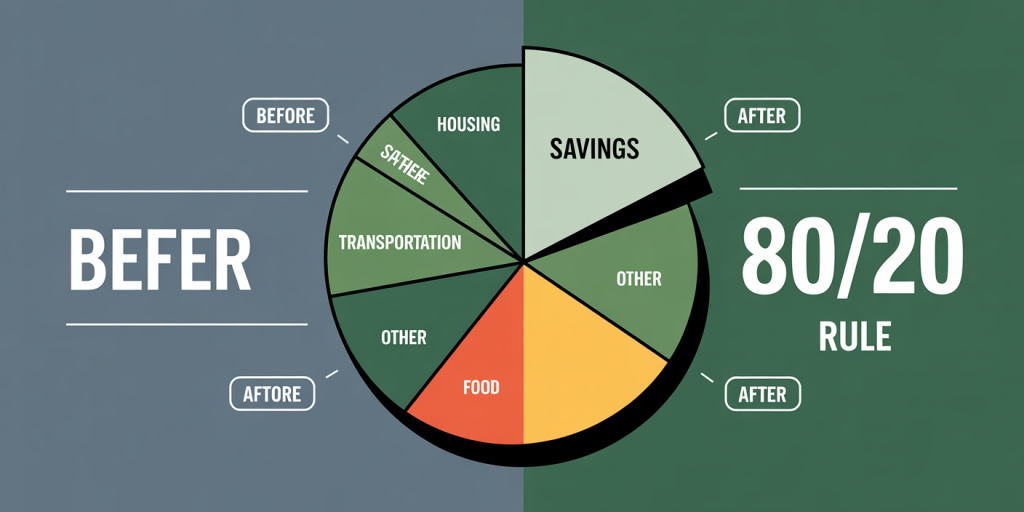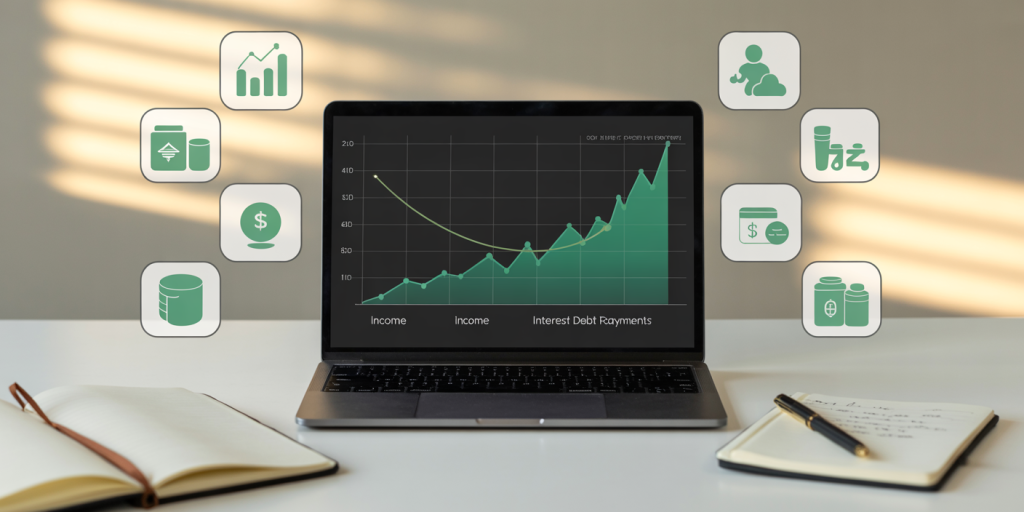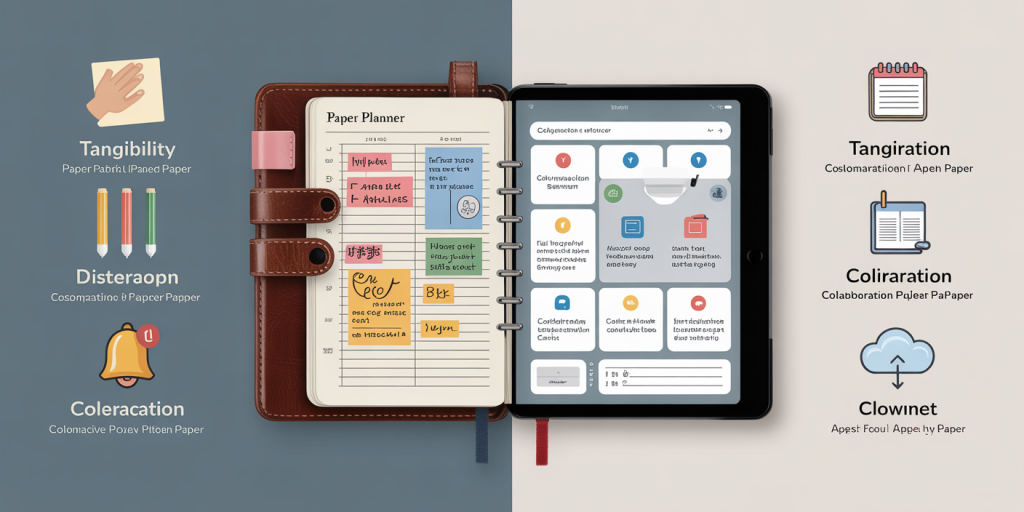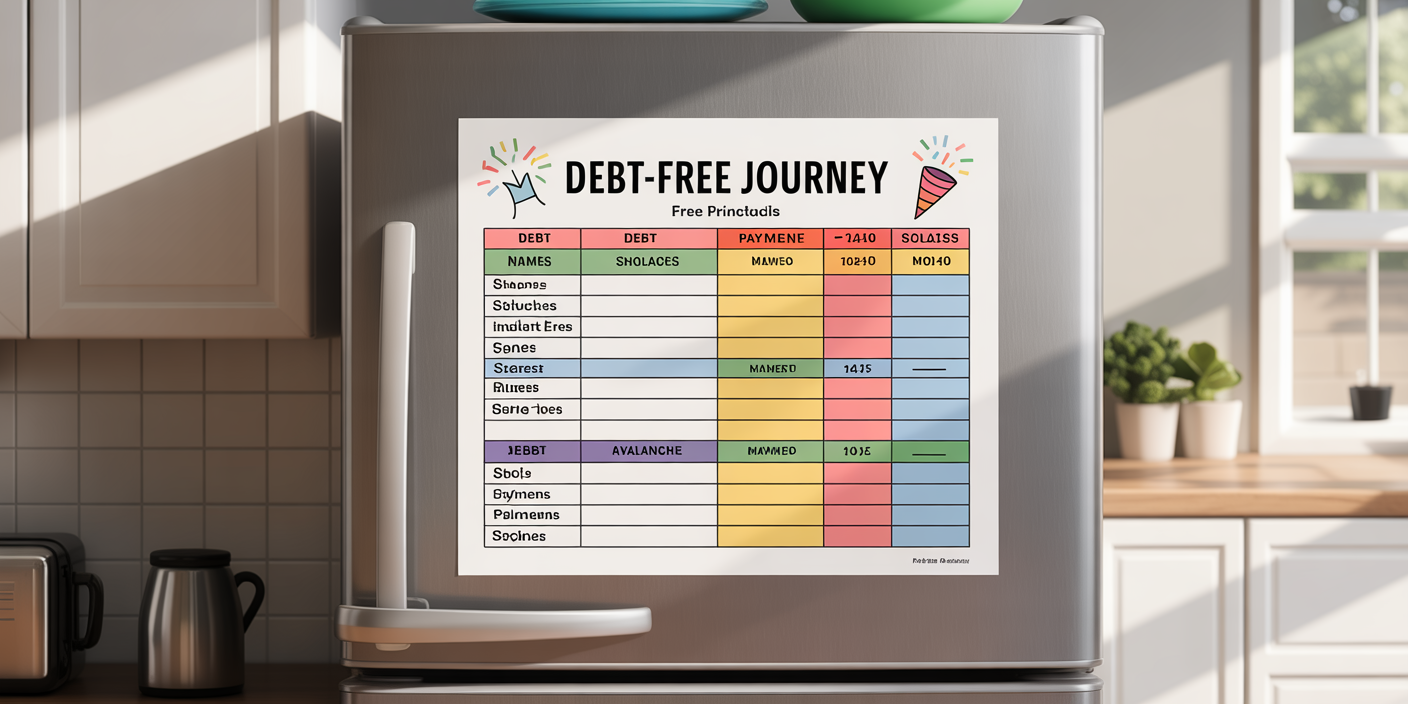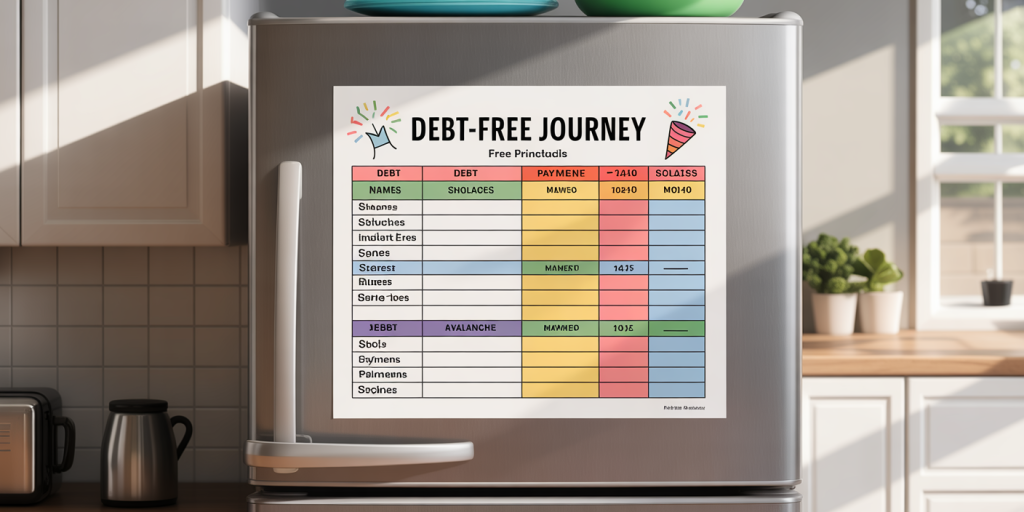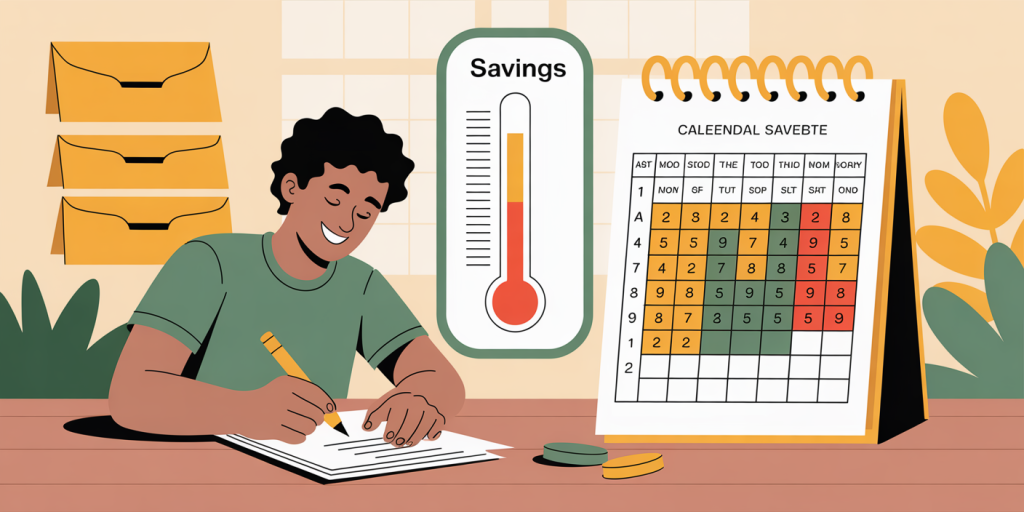Effective communication is a vital skill that shapes personal relationships, advances career opportunities, and builds self-confidence. For individuals who identify as shy or introverted, however, mastering communication can seem challenging or intimidating. Fortunately, becoming a great communicator is an achievable goal regardless of natural temperament. With deliberate strategies, practice, and mindset shifts, shy individuals can not only improve their verbal and nonverbal skills but also thrive in social and professional contexts.
This article explores practical steps and psychological insights to help even the most reserved people enhance their communication. Utilizing data-driven evidence, real-life examples, and comparative analyses, readers will gain a comprehensive toolkit for overcoming social anxiety and expressing themselves with clarity and impact.
Understanding the Nature of Shyness and Communication Barriers
Shyness is characterized by feelings of apprehension and self-consciousness in social situations. According to a 2017 study published in *Personality and Individual Differences*, approximately 40% of adults report experiencing significant social anxiety or shyness that affects their daily interactions. This hesitation often impedes spontaneous speaking and can cause people to avoid conversations, perpetuating isolation.
Psychologically, shyness is different from introversion, although the two often overlap. Introverts recharge their energy through solitude, while shy individuals may desire social interaction but fear negative judgment or awkwardness. Recognizing this distinction is important because many shy people are eager communicators but need supportive environments and structured techniques to unlock their potential.
For example, Susan Cain’s bestselling book *Quiet* highlights how introverts, often stereotyped as poor communicators, possess profound listening skills and reflective thinking, which are invaluable communication assets. Thus, great communication is not about talking constantly but delivering meaningful contributions, often achievable by shy communicators who channel their strengths.
Building Communication Confidence Through Preparation and Practice
One of the most effective ways to improve communication is through intentional preparation. Shy individuals often feel nervous because of fear about what to say or how others will respond. Preparing key points and anticipating possible questions reduces uncertainty and boosts confidence. A Gallup poll revealed that 59% of people who prepare their talking points experience less anxiety and perform better in conversations and presentations.
Practicing with trusted friends, mentors, or even in front of a mirror allows shy communicators to rehearse conversational flow and body language. For instance, John, a software engineer with mild social anxiety, used video recordings to practice delivering product demos. Over time, he noticed his tone became more assertive and his gestures more natural. This iterative process of practice-feedback helps overcome self-doubt.

Table 1 below contrasts two approaches to communication for shy individuals:
| Aspect | Unprepared Shy Communicator | Prepared Shy Communicator |
|---|---|---|
| Nervousness Level | High due to uncertainty | Reduced through rehearsal |
| Clarity of Message | Often scattered or avoided | Clear and purposeful |
| Ability to Engage | Limited, avoids eye contact | Consistent eye contact and engagement |
| Post-Interaction Reflection | Focuses on negative self-judgment | Identifies improvement areas constructively |
Preparation transforms communication from a fear-based challenge into a skill-building exercise.
Leveraging Active Listening and Nonverbal Communication
Being a great communicator is not just about speaking; listening is equally critical. Shy individuals often excel in active listening because they tend to absorb details and think carefully before responding. Studies in the *Journal of Social and Personal Relationships* emphasize that listeners who demonstrate genuine interest and empathy foster trust and openness, encouraging more productive dialogue.

For shy communicators, focusing on active listening can relieve pressure to perform verbally, allowing conversations to unfold naturally. Reflective listening techniques such as paraphrasing or asking clarifying questions help maintain engagement without dominating the conversation. For example, Maria, a nurse, uses nodding and summarizing patients’ concerns to build rapport despite minimal verbal input.
Nonverbal cues such as eye contact, posture, and facial expressions convey confidence far more than words alone. Research by the Harvard Business Review indicates that up to 93% of communication efficacy depends on nonverbal signals. Shy people can consciously practice open body language—uncrossed arms, slight forward lean, and appropriate smiles—to appear approachable and involved.
Harnessing Technology and Digital Platforms to Communicate Effectively
Digital communication platforms offer excellent opportunities for shy individuals to express themselves without the immediate pressure of face-to-face interactions. Channels like email, social media, and video conferencing can build communication muscles incrementally while providing time to compose thoughts.
For example, online forums and professional networks like LinkedIn enable individuals to craft thoughtful responses and build connections in lower-stakes environments. A LinkedIn study found that users who posted regularly but thoughtfully were 76% more likely to receive professional engagement, illustrating how asynchronous communication levels the playing field for shy participants.
Furthermore, video conferencing tools such as Zoom or Microsoft Teams incorporate chat features and breakout rooms, allowing shy communicators to participate at their own pace. By gradually increasing verbal participation during virtual meetings, shy employees report greater comfort and visibility. The flexibility of digital platforms can serve as a stepping stone towards more direct communication.

Practical Techniques to Overcome Shyness in Real-Time Conversations
Despite preparation and digital support, live conversations can trigger anxiety for shy individuals. Developing coping mechanisms and communication techniques can alleviate discomfort in these moments.
One effective method is the “pause and breathe” technique. Taking slow, deep breaths before responding gives the brain time to process information and reduces physiological symptoms of anxiety. Psychologists recommend this approach as it activates the parasympathetic nervous system and improves clarity.
Another key strategy is to use open-ended questions. This shifts conversational responsibility away from oneself and encourages others to share more, fostering balanced dialogue. For example, instead of answering with one-word responses, asking “What led you to that decision?” invites deeper interaction and reduces pressure to talk incessantly.
Role-playing surprising or challenging scenarios with a friend or coach can also desensitize fears. Public speaking groups like Toastmasters provide structured environments where shy individuals practice in supportive settings, which statistically improves social anxiety by up to 40%, according to a 2021 study published in *Behavior Therapy*.
Future Perspectives: The Evolving Landscape of Communication for Shy Individuals
As communication technology and societal attitudes evolve, shy communicators have increasing tools and opportunities for growth. Artificial intelligence-powered communication assistants, for instance, can provide real-time feedback on tone, pace, and body language, tailoring guidance based on individual needs.
Moreover, workplace cultures are becoming more inclusive of diverse communication styles, recognizing that leadership and influence come in many forms. Companies implementing hybrid work models allow shy employees to engage in a mix of face-to-face and virtual interactions, easing social pressure while maintaining team cohesion.
Educational curricula and professional development programs are also beginning to integrate emotional intelligence and communication skills more thoroughly, helping future generations transcend silence and fear. As social stigma around shyness diminishes, those once held back by anxiety can anticipate greater acceptance and opportunities to showcase their ideas.
In conclusion, becoming a great communicator is not reserved for extroverts alone. With targeted preparation, empathetic listening, utilization of digital platforms, and practical anxiety-management techniques, shy individuals can excel in expression and connection. The communication landscape continues to broaden, inviting everyone—regardless of natural reserve—to participate, influence, and lead.

